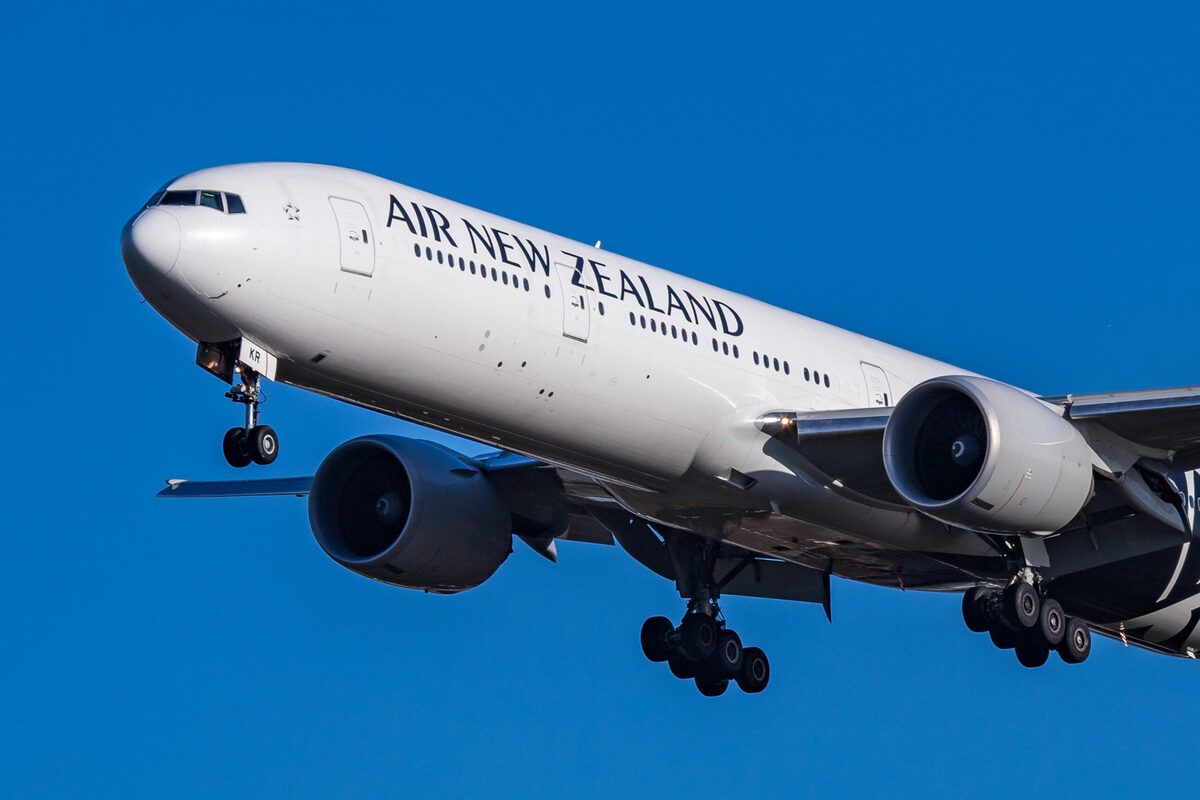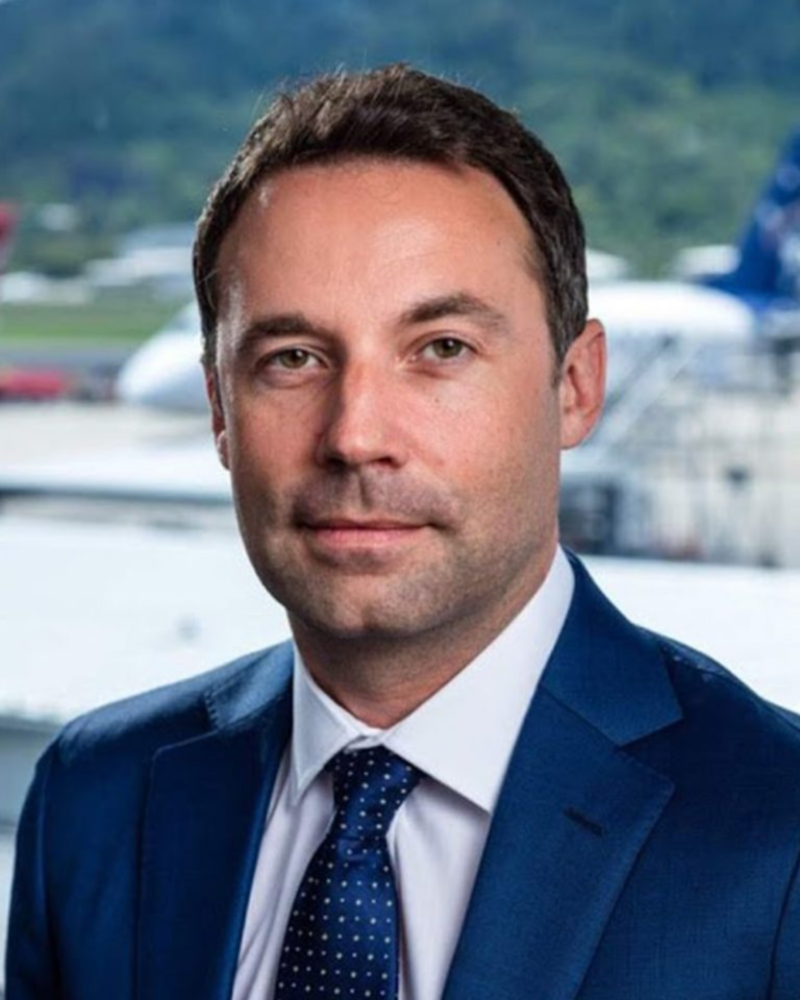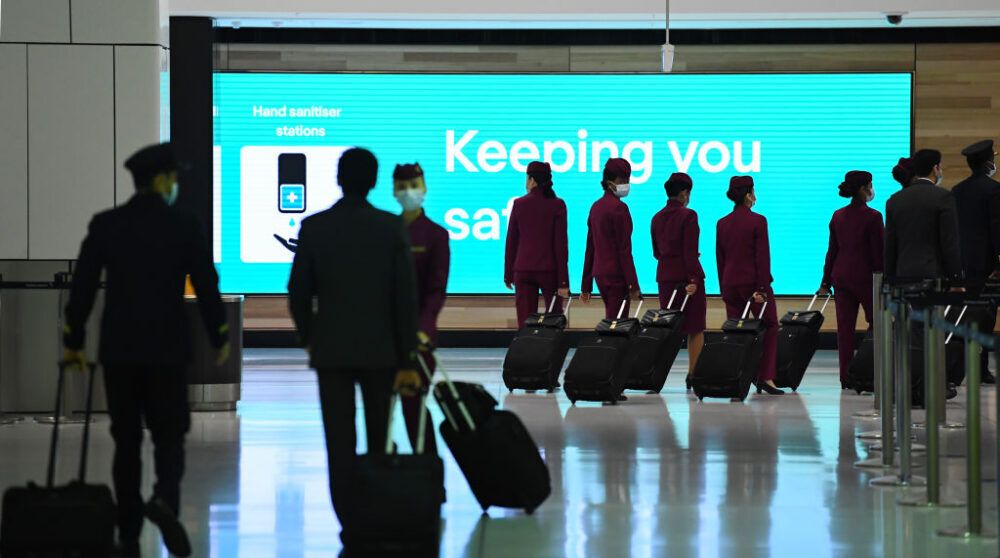Air New Zealand's domestic operations are recovering well and trans-Tasman flights show some promise. However, the airline's wider international network is not faring so well. On Tuesday, Air New Zealand's Sales General Manager in Australia, Paul McLean, detailed the key challenges facing Air New Zealand as the airline grapples with the drag on its broader performance.
Maintaining a strong Tasman network is key
Speaking at the Tourism Australia Travel Daze conference on Tuesday, McLean outlined what he saw as the three challenges facing Air New Zealand over the next 12 months.
"Number one, maintaining a strong Tasman network is a really important one for us right now," he said. New Zealand's quarantine-free travel corridor with Australia has been running for over two months now. And it hasn't been without its challenges. Currently, quarantine-free flights from Sydney are on pause. Air New Zealand is adding repatriation flights to extract its citizens and permanent residents from the city.
Normally, Air New Zealand flies to about 10 destinations in Australia from its various New Zealand ports. That gives Air New Zealand the most extensive network coverage of any airline flying across the Tasman.
"We're optimistic about the future and when long-haul travel eventually reopens, we'll have that network we can connect our customers through," McLean said.
An eye on developing Auckland as a bigger connector airport
Interestingly, it isn't the flagship trans-Tasman routes performing the best. Local media reports the under the radar twice-weekly Air New Zealand flights between Auckland (AKL) and Hobart (HBA) have the best forward bookings of any of its trans-Tasman markets.
“The response to these flights to date is very encouraging and we think it shows there is genuine demand on both sides of the Tasman for this service,” Hobart Airport CEO Norris Carter told The Hobart Mercury.
Among the reasoning for the Hobart flights (Tasmanian Government incentives notwithstanding) is the potential to funnel traffic through Air New Zealand's Auckland hub. Paul McLean says encouraging Australians to fly to Asia and North America on Air New Zealand (calling it a "Kiwi journey) is another challenge for the airline over the next year.
"That's another focus," says Air New Zealand's Sydney-based sales boss. While hubbing through Auckland might not have much appeal to passengers from Australia's bigger east coast cities who normally have a good range of direct flights across the Pacific and into Asia, passengers from Australian ports like Cairns, Adelaide, Perth and Hobart have much less choice.
Air New Zealand figures if you have no choice but to do a one-stop flight to places like LAX, taking a direct flight to Auckland and connecting there (all onboard an Air New Zealand flight, naturally) is less painful than connecting through Sydney, Melbourne or Brisbane. On this point, Air New Zealand is probably correct.
Stay informed: Sign up for our daily and weekly aviation news digests.
The importance of manaaki at Air New Zealand
Finally, Paul McLean talks about being a good partner, not just to big business and suppliers, but also to the travel trade and passengers.
"It will be core to our success within the next year as we come back to life," he said on Tuesday. "Concentrating on our customers is the focus for me in the next 12 months." Air New Zealand is working hard to put a human face on a corporate structure, bundling it up into a warm and fuzzy package the airline calls its "promise of Manaaki." Manaaki is a Maori word that derives from manaakitanga. Manaakitanga is a traditional Maori value the reflects the art of nourishing, being generous and caring about the treatment of others.
"We are focused on embedding manaaki and care," McLean said. Whether Air New Zealand can do that while rebooting its international operations and trying to turn a profit might prove the airline's biggest challenge in the next 12 months.



